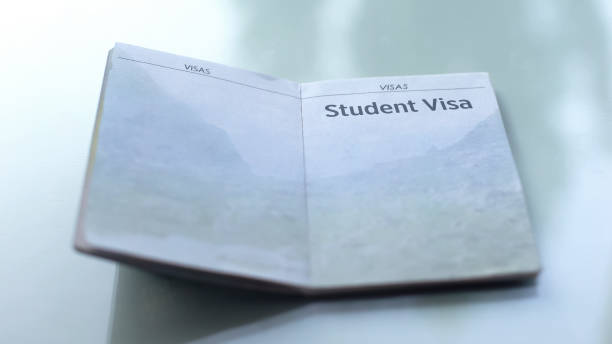🎓 Visa Success Rate for Study Abroad: Trends, Stats & Strategy
Studying abroad is a dream for many students, but that dream often depends on a single step — visa approval. Understanding the visa success rate can help you choose the right country, avoid costly mistakes, and improve your chances of studying overseas.
Let’s explore the latest trends, common rejection reasons, and key strategies to help you succeed in 2025.
🌍 Why Visa Success Rate Matters
Every year, thousands of international students face visa rejections due to missing documents, weak profiles, or simply not knowing the latest rules. Countries like the UK and Canada are known for their high visa success rates, while others like the USA, Germany, and Australia may have stricter approval processes.
Being aware of these patterns allows you to plan better and avoid avoidable delays.
📈 2025 Trends in Visa Approval
Visa success rates vary widely based on destination, applicant profile, and documentation:
The UK continues to show a high approval rate due to its streamlined student visa process.
Canada offers a solid approval rate, especially under the Student Direct Stream (SDS) category.
Australia applies strict screening, especially for students unable to meet GTE criteria.
Germany demands a strong academic profile, proper financial proof, and clear intent.
The USA has a lower success rate compared to others, with a major focus on the visa interview and academic credibility.
Understanding these country-specific requirements is the first step to making informed choices.
✅ Strategies to Improve Your Visa Success Rate
Success in getting your student visa doesn’t come from luck — it comes from planning. Here are some essential steps to improve your approval chances:
1. Choose the Right Country
Pick destinations where your academic background, financial ability, and long-term goals align with the country’s requirements.
2. Write a Strong SOP
A well-crafted Statement of Purpose should clearly explain why you chose the course, how it fits your career plan, and why you selected that country and university.
3. Prepare Accurate Documents
Submit recent and verifiable financial proof, academic records, and identification documents. Avoid last-minute submissions and double-check every detail.
4. Practice for the Interview
If the country requires an interview, practice thoroughly. Be honest, confident, and clear about your study plans.
❌ Common Reasons for Visa Rejection
Even a small error can lead to rejection. Common reasons include:
Incomplete or false documents
Poorly written or generic SOP
Inconsistent academic history
Lack of financial proof
Weak or unclear study purpose
Avoiding these issues can significantly increase your chances of success.
Final Thoughts
Getting a student visa is not impossible — it's about being prepared, organized, and strategic. Stay updated with the latest requirements, prepare strong documents, and focus on building a clear and credible academic profile.
With the right planning and attention to detail, your study abroad journey can begin with confidence.






